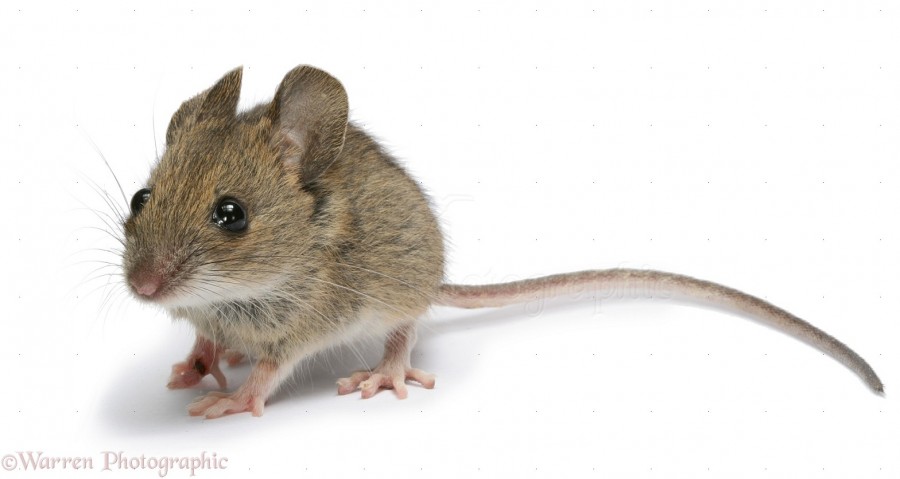Weedsport’s Infestation
January 20, 2015
Many students here at Weedsport have either seen or heard of a mouse being found in one of the lockers or in and around the locker rooms. The stories are often followed by one student catching or killing the creature and then how they disposed of it. They are becoming a much more serious issue and with winter coming in full swing, the chances of one being found in the school is all the more likely.
The mice enter the school building through various means. this can be a small crack in a wall, to a slight opening in a door. Once inside, these creatures hide out under furniture or inside the walls. They then begin to breed at a rapid rate which eventually leads to a full blown infestation. Mice infestations are potentially hazardous due to the fact that it can result in chewed and frayed wiring, spoiled food, and allergic reactions to either the mouse itself or the fecal matter they leave behind.
As the Bubonic Plague ravaged Europe the disease itself was carried by rats that infested ships and spread through trade. Mice similarly can carry diseases and in a school building they could spread the germs even further, coming in contact with many more people. Hopefully the disease involved will not have as significant an impact as the plague did (with ⅓ of the European population falling victim).
The problem with this being a school building is that exterminating the mice during the school year is not an option with students present. The poisons and pesticides required are very dangerous and could not be administered with students around. The only other option would be to evacuate the building and then use the pesticide, or find another option to fix the problem.
This entire problem was the result of one key issue, students leaving food and drinks in their lockers. This is especially a problem when it is done overnight. The food is what attracts the mice and gives them the supplies they need to breed and populate the school building. This is why mice are most commonly found in lockers and around the locker rooms. These are the areas where food and drink are left behind most often. It was for this reason that coffee is not typically allowed during the school day and why food is recommended to stay in the cafeteria.
If we want to prevent this issue from spreading, stricter rules and school codes may have to be implemented. This would include checking for food in lockers and harsher punishments for those who have been found with food in their lockers, areas that they are required to keep clean and maintain. This may seem harsh, but ask yourself this; Would you rather go to a school everyday where mice are everywhere? Would you like having to clean the mice out of your locker every time you open it? Is making a change really that hard?
